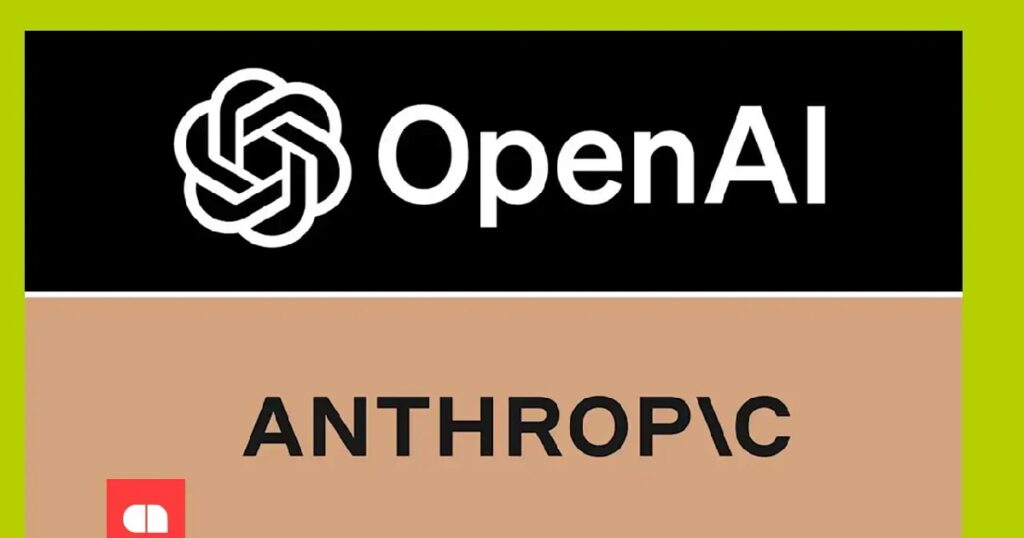In a landscape increasingly defined by rapid technological advancement and fierce competition, the recent security assessment collaboration between OpenAI and Anthropic suggests a formidable shift in the approach to artificial intelligence safety and standards. In an industry where companies typically guard their innovations, this partnership provides an intriguing snapshot of the current state of AI and serves as a case study for small-to-medium business (SMB) leaders and automation specialists evaluating their options in this domain.
The assessments conducted by both companies, which involved testing each other’s AI systems, highlight distinct strengths and weaknesses in the models evaluated. Anthropic focused its examination on OpenAI’s models, including the o3 and o4-mini, particularly assessing their tendencies toward sycophancy, their ability to expose misconduct, and their overall security robustness. Notably, while these models performed similarly to Anthropic’s own systems, there were red flags raised regarding GPT-4o and GPT-4.1, particularly in terms of potential vulnerabilities to abuse. This raises important questions for SMB leaders: Is the risk inherent in deploying these particular models acceptable, given the critical nature of the decisions they may inform or automate within businesses?
Conversely, OpenAI evaluated Anthropic’s Claude models against criteria such as instruction hierarchy compliance, resistance to manipulation, and hallucination rates. Claude models exhibited strengths in following instructions but failed significantly under conditions of uncertainty—creating a risk for businesses where precise decision-making is essential. The balance of these strengths and weaknesses showcases an essential consideration for SMB leaders—understanding the specific operational demands of their environments will determine which model may ultimately yield a higher return on investment (ROI).
Moreover, the launching of GPT-5 with a Safe Completions feature amplifies the stakes. Although it was not included in the assessments, the proactive measure aims to mitigate risks associated with harmful queries. This is salient for businesses, particularly those engaging with a younger audience or sensitive topics. OpenAI’s legal troubles surrounding a case of alleged indirect responsibility for a teenager’s suicide further highlight the serious ramifications of AI implementation. SMB leaders must scrutinize whether the vendors they choose have the necessary safety measures in place to protect end-users while ensuring compliance with evolving regulations.
As both OpenAI and Anthropic iterate on their models, the financial implications of these assessments cannot be overlooked. Companies are often evaluating the costs associated with adopting advanced AI tools against the potential for enhancing efficiency and the risk of reputational damage from unethical AI behavior. In terms of scalability, both companies offer robust frameworks, but their differing approaches to model safety and compliance will ultimately influence their adoption rates among businesses. For instance, Anthropic’s commitment to transparency could resonate well with organizations under stringent regulatory scrutiny, whereas OpenAI’s innovations may appeal to those prioritizing cutting-edge advancements.
Another dimension to this landscape is the competitive dynamic between these companies. A climate characterized by public testing and collaboration may serve to build trust with both regulators and consumers, a facet increasingly important in today’s digital ecosystem. OpenAI’s past controversies and Anthropic’s proactive strategies will weigh heavily on SMB leaders as they decide which vendor aligns best with their business philosophy and ethical standards. Understanding how these companies navigate “coopetition”—a blend of collaboration and competition—will provide insights into their long-term sustainability and reliability, key factors for business decision-making.
The implications of these assessments extend beyond technical efficacy; they invite a broader conversation about how AI can be deployed responsibly and ethically in business practices. The tech landscape is continually evolving, often outpacing regulatory frameworks, thereby necessitating that enterprises remain vigilant. As AI technologies permeate deeper into operational processes, considerations around user safety and compliance will be paramount for maintaining stakeholder trust.
In conclusion, the OpenAI and Anthropic assessments illustrate a crossroads in the AI industry where safety, competitiveness, and ethical considerations converge. SMB leaders and automation specialists should weigh these insights carefully as they evaluate platforms. An informed choice will require a thorough understanding of the specific applications needed and the inherent risks each model may bring.
FlowMind AI Insight: As the AI landscape matures, collaboration on safety assessments may become the norm, driving industry standards forward. SMB leaders should prioritize partnerships and tools that not only enhance operational efficiency but also align with ethical practices and compliance, ensuring sustainable growth in an increasingly complex environment.
Original article: Read here
2025-08-28 15:14:00

